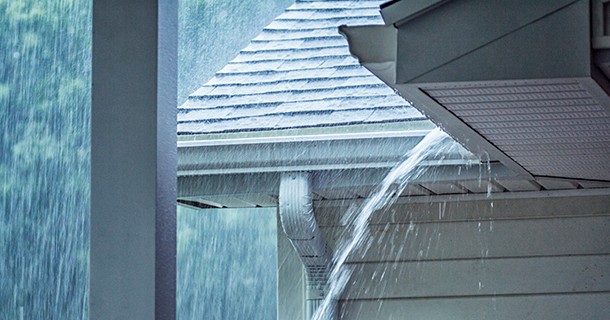Weather Normalization Adjustment for Residential Customers
WNA: 2025 - 2026 Season Starts with November 2025 Bills
Our 2025 - 2026 weather normalization adjustment program (WNA) resumes in November for residential customers. The WNA adjusts a portion of the bill to reflect normal winter weather conditions, adding a bill credit in colder-than-normal weather or adding a surcharge in warmer-than-normal weather. No adjustment occurs in normal weather. Normal weather conditions measured in heating degree days (HDD) are based on a rolling 30-year period. The 2025 – 2026 heating season normal weather will be based on the heating degree days recorded by the National Oceanic & Atmospheric Administration (NOAA) for the period October 1995 through May 2025.
The WNA applies to six bills during the winter heating season typically November through April. Each bill period during that time will have a different WNA factor based on the weather experienced during that bill period.
WNA provides customers relief during extremely cold winter weather and the company revenue stability to help plan and schedule system maintenance and improvements that contribute to operational quality and pipeline safety.
How Will the WNA Change Your Bill?
For example, when the weather is five percent colder or warmer than normal, a typical residential customer will receive a credit or surcharge of approximately $25 spread over six bills.
View the WNA factor and heating degree-days information for your bill period.
Questions?
Call our Customer Care Center at 866.229.3578 or send an email to G2VNGCustomerCare@southernco.com.
Frequently Asked Questions
What is a Weather Normalization Adjustment (WNA)?
A WNA is a factor that helps level out high gas bills due to colder-than-normal weather and low gas bills due to warmer-than-normal weather.
How does the WNA work?
For the 2025 – 2026 winter heating season normal degree-days will be based on the period from October 1995 through May 2025. No WNA adjustment occurs if these normal weather conditions occur. Weather conditions colder than normal will result in a credit. Weather conditions warmer than normal will result in a surcharge. The WNA factor, based on customer usage and weather conditions during each billing period, will be used to calculate the amount of the credit or surcharge.
Why have a WNA? What are the benefits for customers?
WNA benefits customers in the following ways:
- Customers will receive a credit on their bills during colder-than-normal weather when bills are typically at their highest.
- WNA provides Virginia Natural Gas (VNG) revenue stability, enabling the company to better plan and schedule system maintenance and improvements contributing to operational quality and pipeline safety.
Is WNA used in other states?
Yes, many states have approved a weather normalization adjustment for natural gas companies. WNA has a proven track record of working well for both customers and gas companies in many states throughout the country. The use of weather adjustments began in the early 1980s and has grown substantially to include many gas companies across the country and in Virginia.
Is the WNA a rate increase?
No. The WNA is designed to be revenue neutral because it reduces bills when the weather is colder-than-normal and surcharges bills when the weather is warmer-than-normal. The calculations used to determine these amounts are based on the method and data approved by the VSCC.
Which customers will see a WNA on their bill?
All residential customers will see a WNA on their bills during the heating season.
When will a customer see a WNA on the bill?
WNA is effective for six billing periods during the heating season beginning with billing cycle 10 in November. Billing cycles 10-21 will have a WNA on their bills November through April and billing cycles 1-9 will have a WNA on their bills December through May.
By how much will my bill be affected?
For example, when the weather is five percent colder or warmer than normal a typical residential customer will receive a WNA credit or surcharge of approximately $25 spread over six bills.
How is the Weather Normalization Adjustment (WNA) on my bill calculated?
A WNA factor adjusts your delivery charge during the winter months for fluctuations in normal weather. The factor is based on customer's weather sensitive portion of their bill, defined during the 2025 – 2026 heating season as usage greater than 8.8 ccf (hundred cubic feet). CCF of natural gas used and weather conditions (heating degree-days) during each bill period, are used to calculate the amount of your WNA bill credit or surcharge. The actual heating degree-days in the bill period are compared to the normal heating degree-days for the period to determine if the weather is colder or warmer than normal. Normal weather for the 2025 – 2026 heating season is an average of temperatures in our service area over a 30-year period from October 1995 through May 2025. Heating degree-days are calculated by subtracting the average temperature for the day from 65 degrees F. Sixty-five degrees is considered the base temperature at which most homes and buildings would be comfortable. Heating degree-days statistics provided by the National Oceanic and Atmospheric Administration (NOAA), a government agency that tracks weather conditions, are used to calculate the WNA factor.



